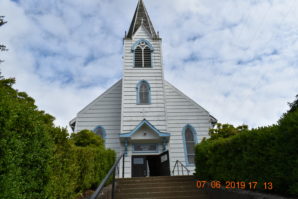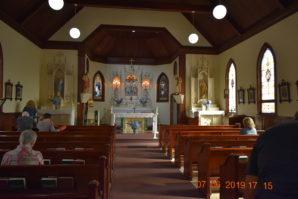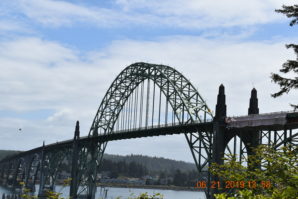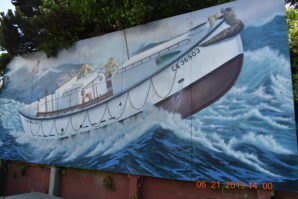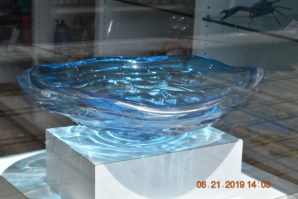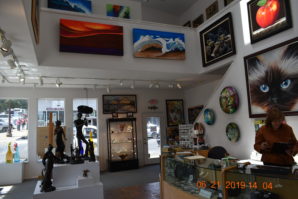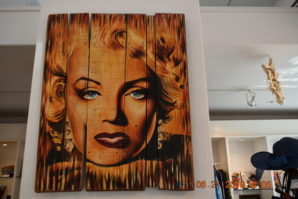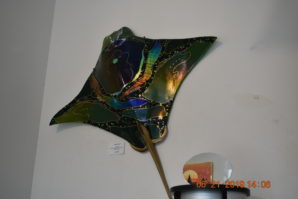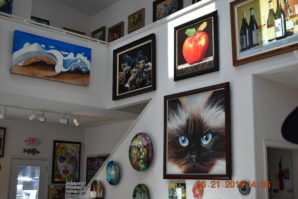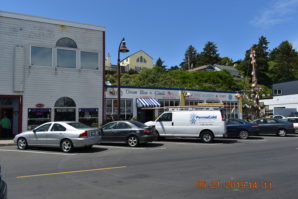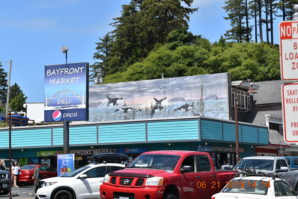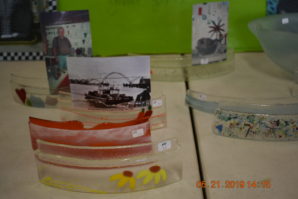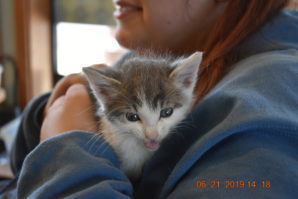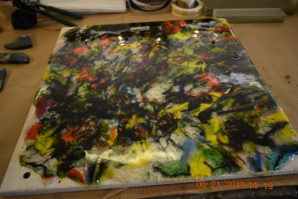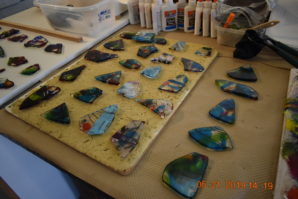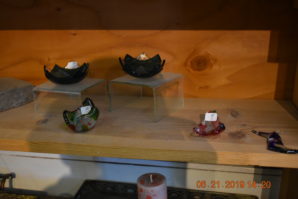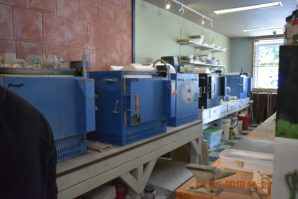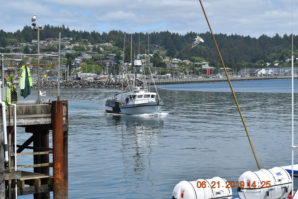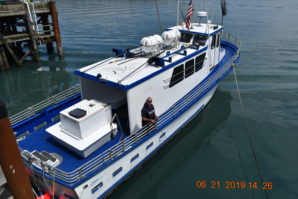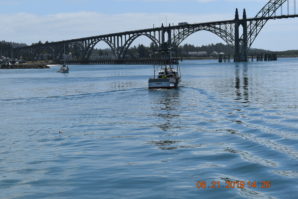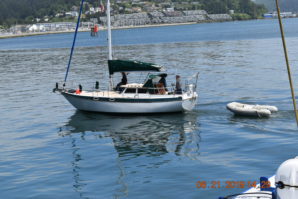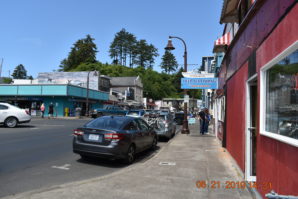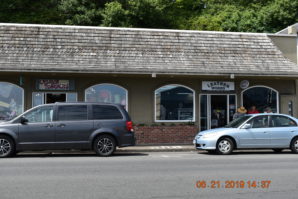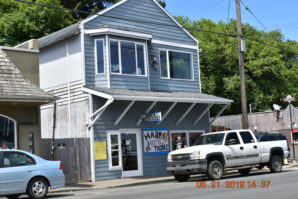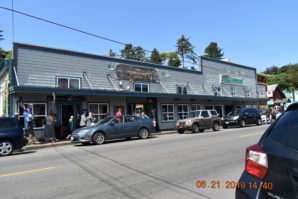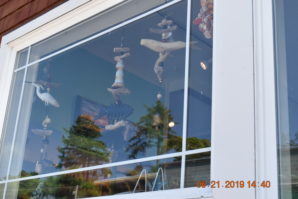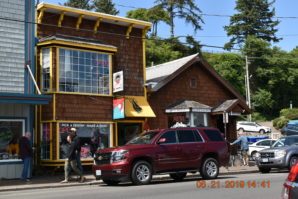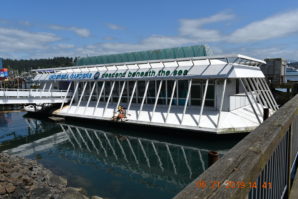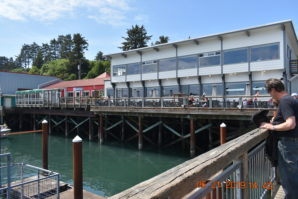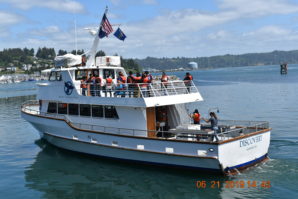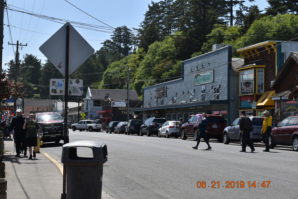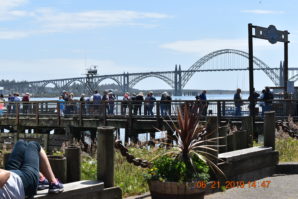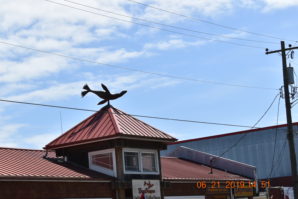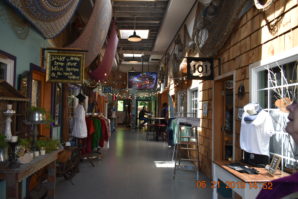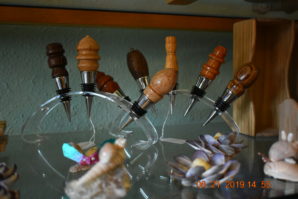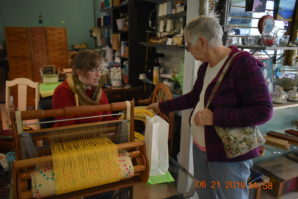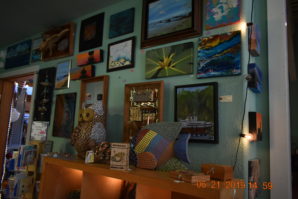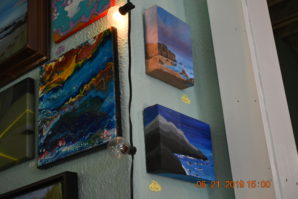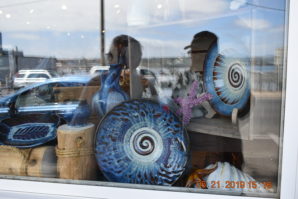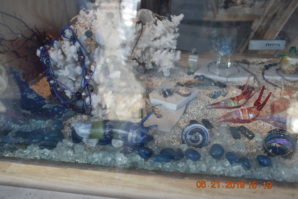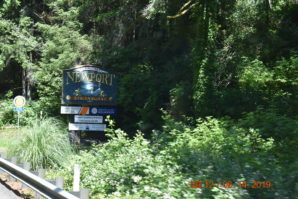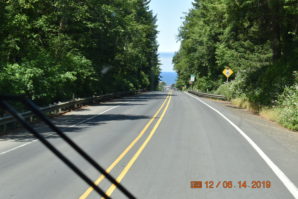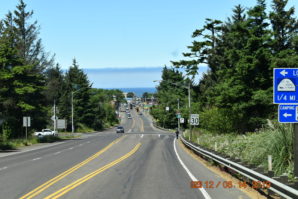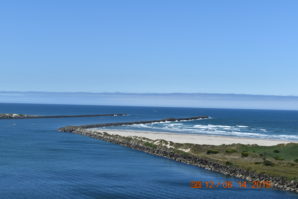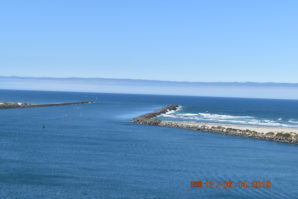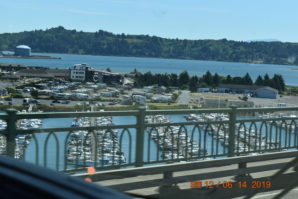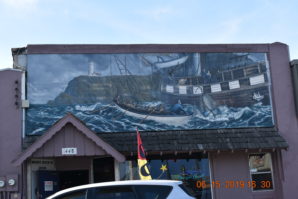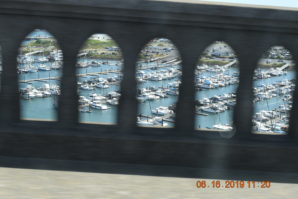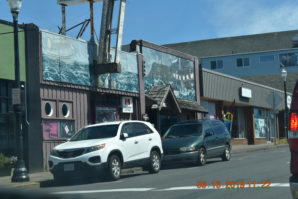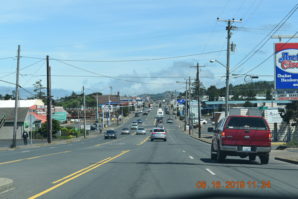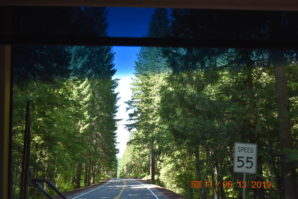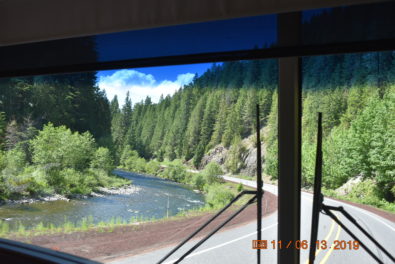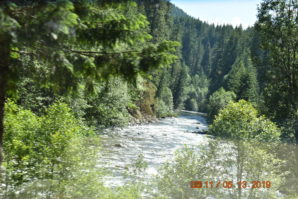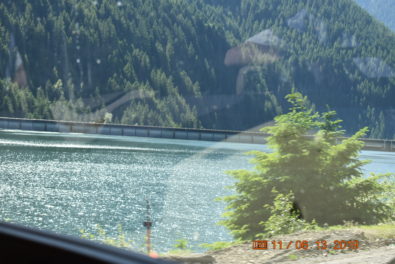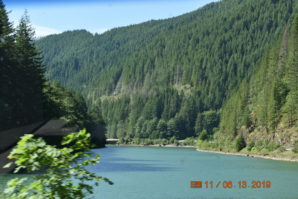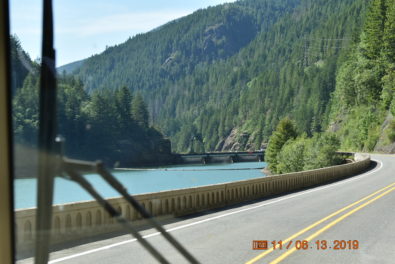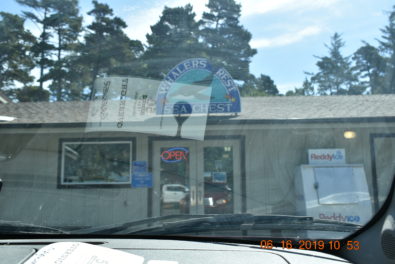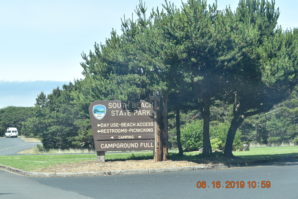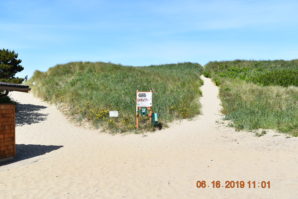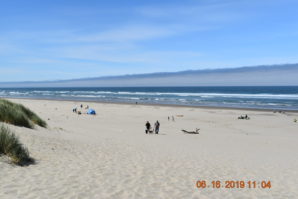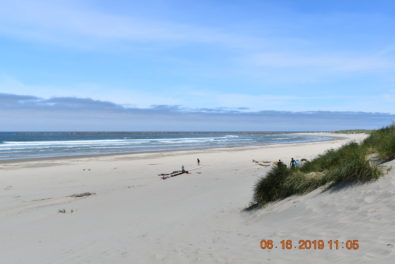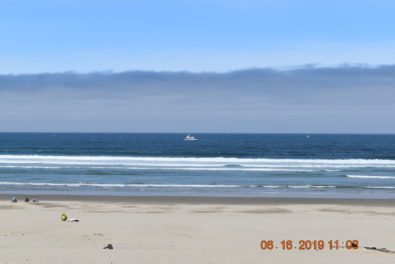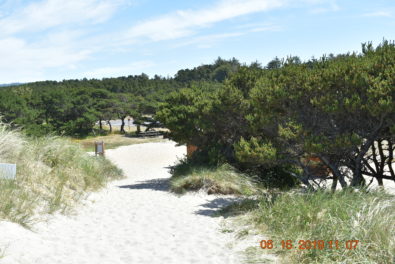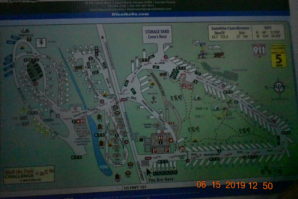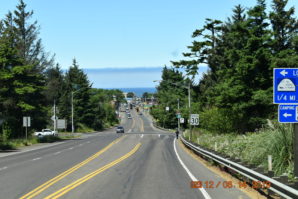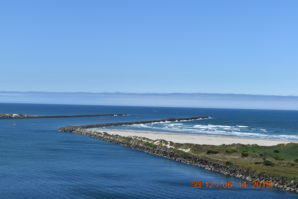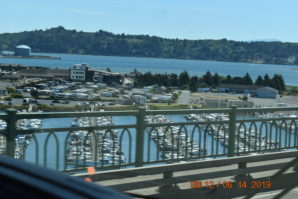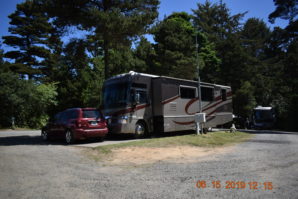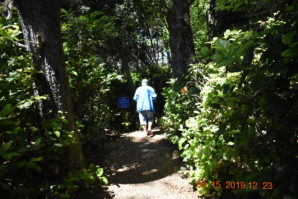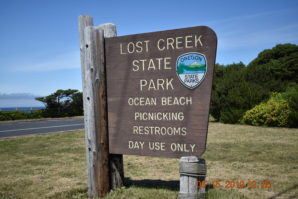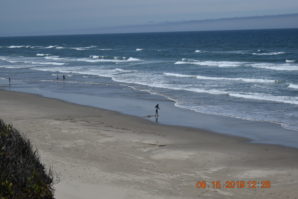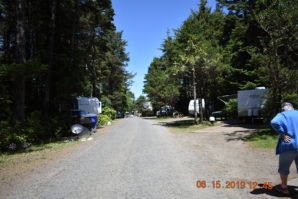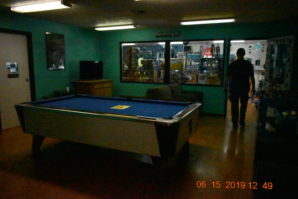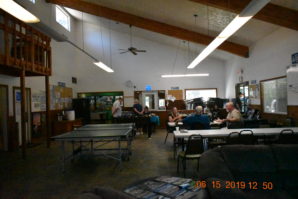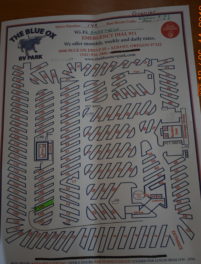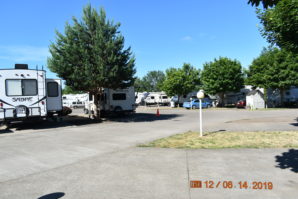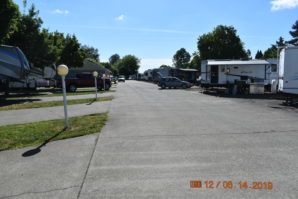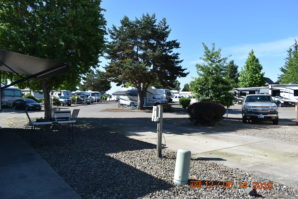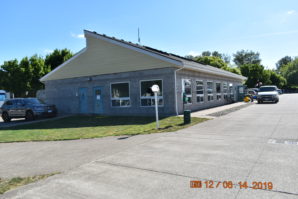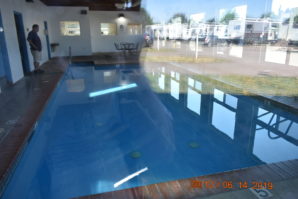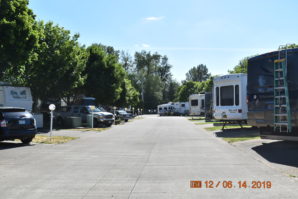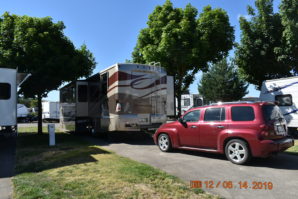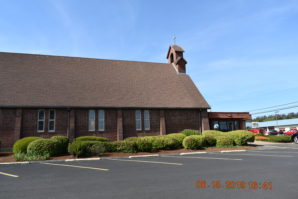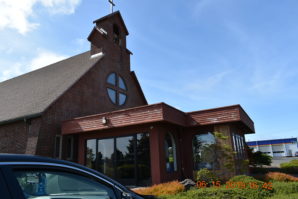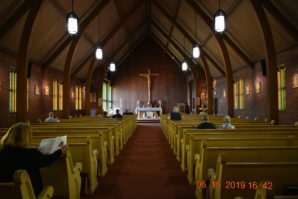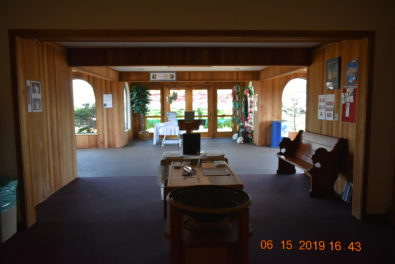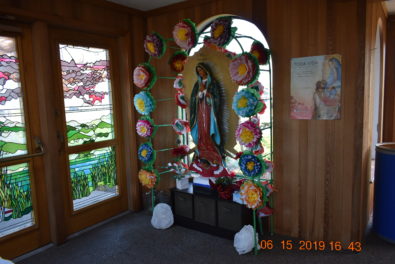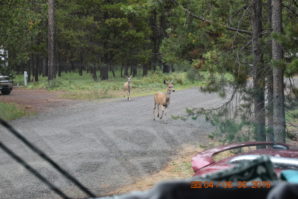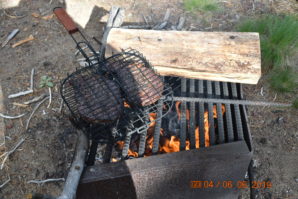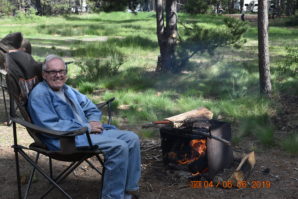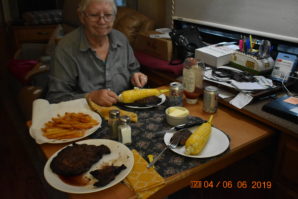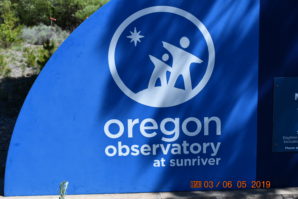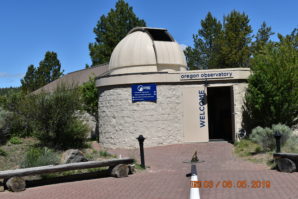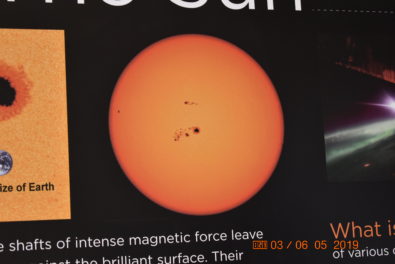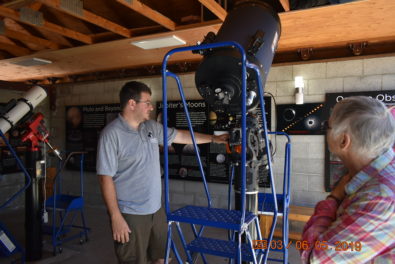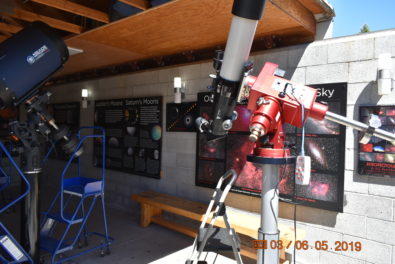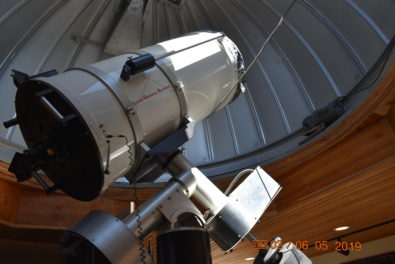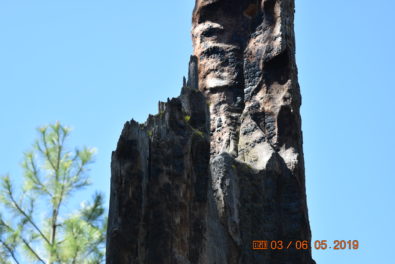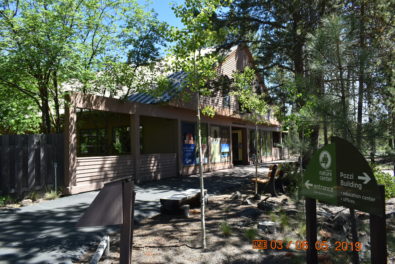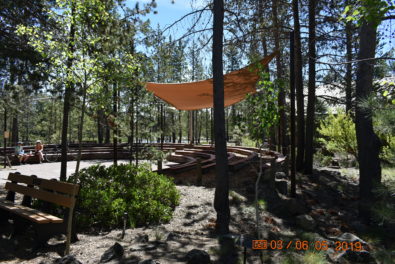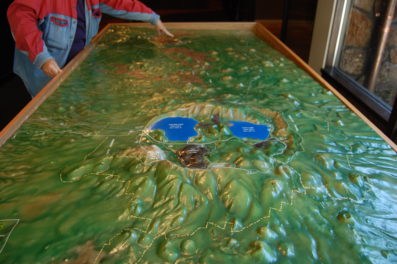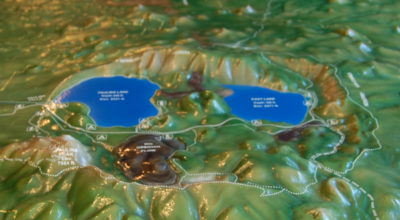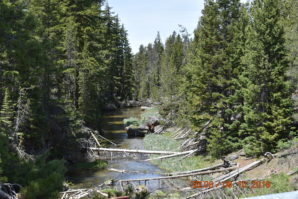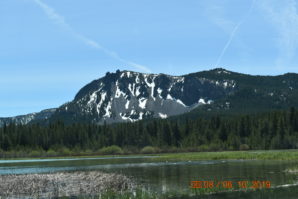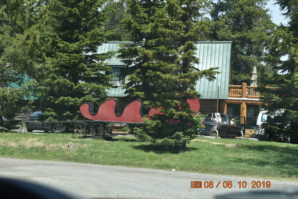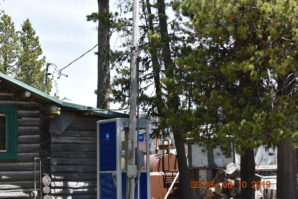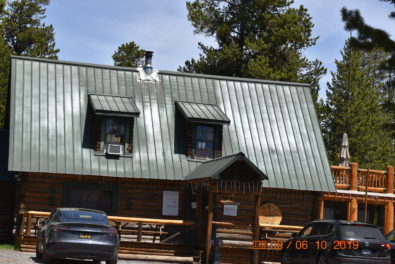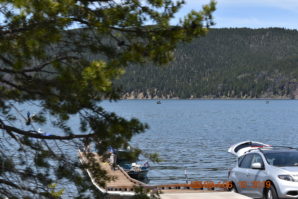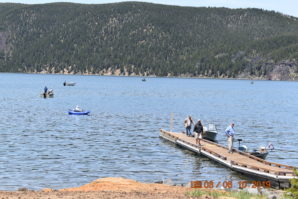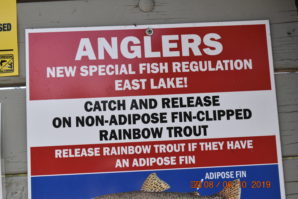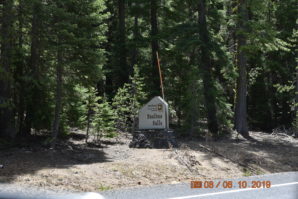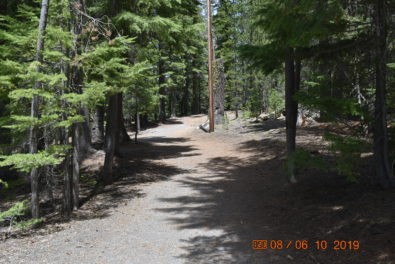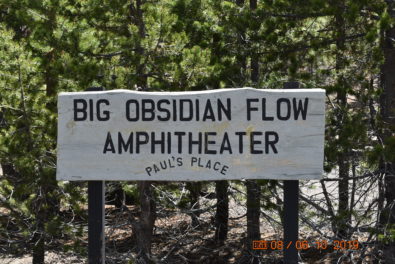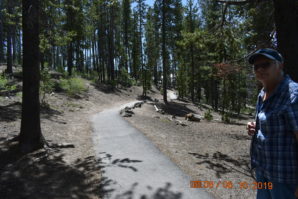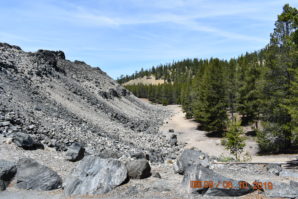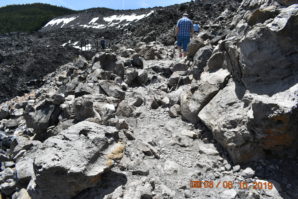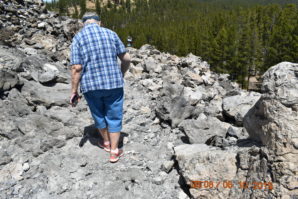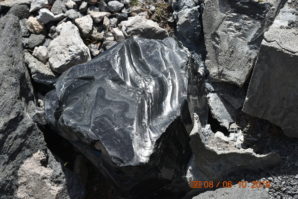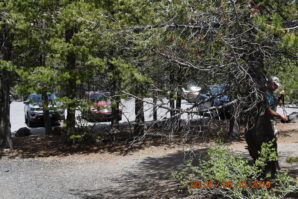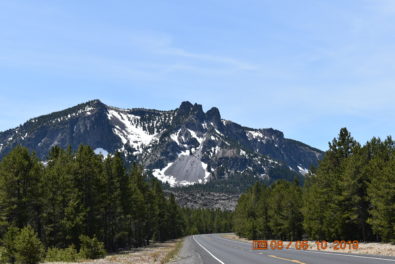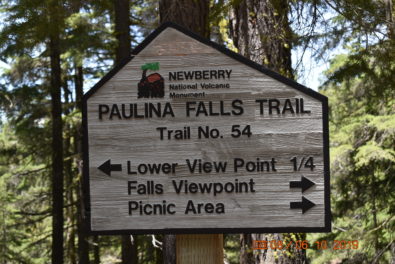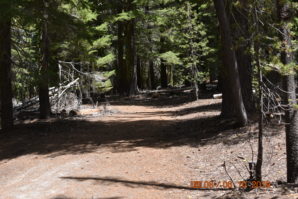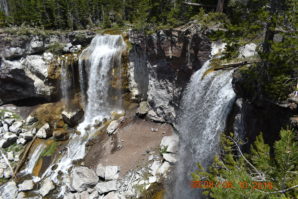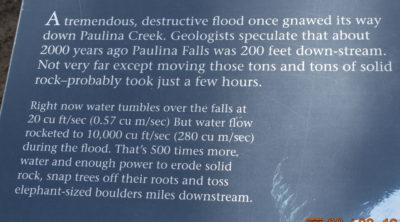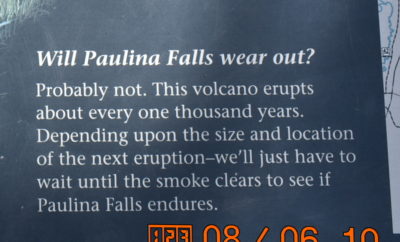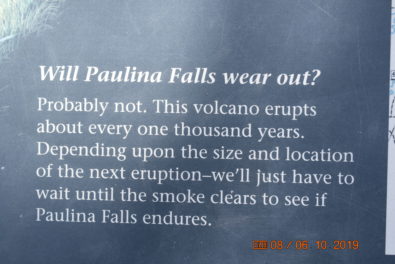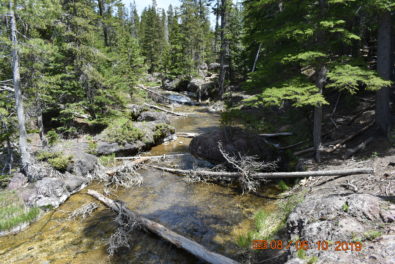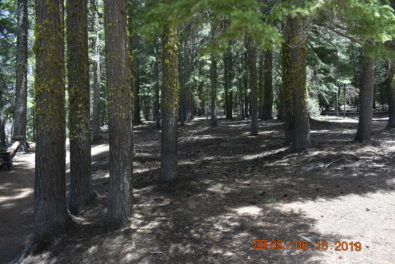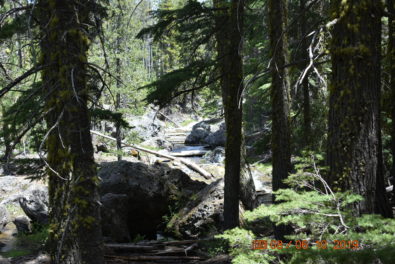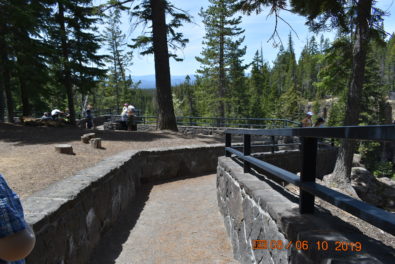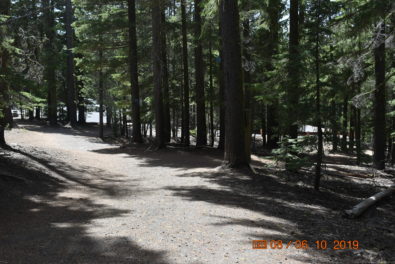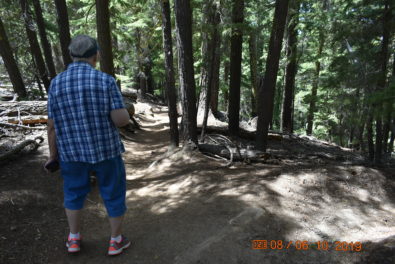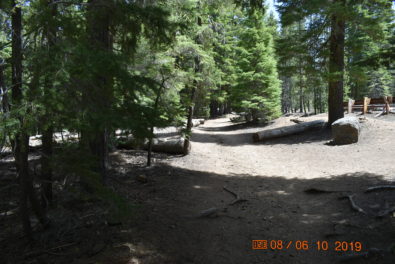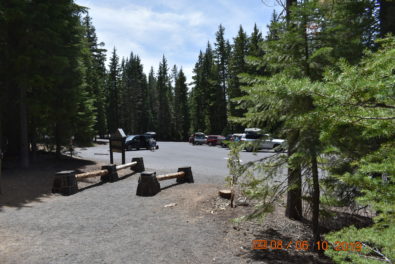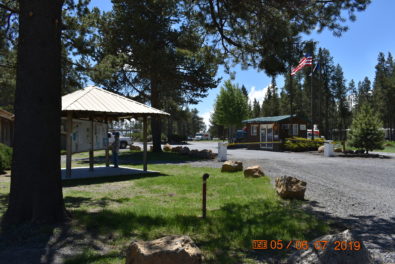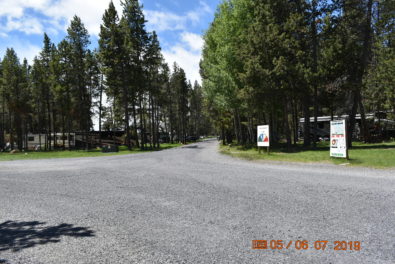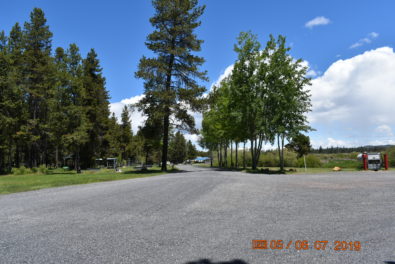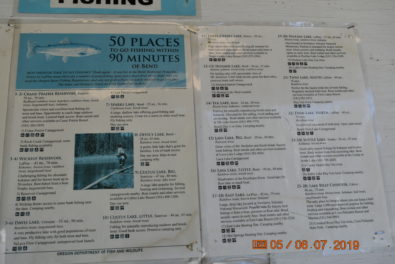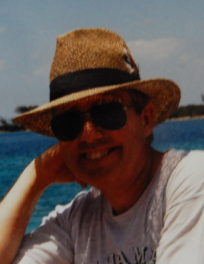
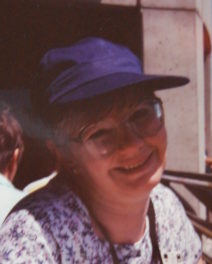
Please take the time to leave a comment
at the bottom of this blog. I relish the positive ones and will learn from the negative ones.
HAPPINESS is to have EVERYTHING,
you need.
NOT the need to have EVERYTHING.
6.09.19-Sisters Rodeo
The italicized text is from the Sisters Website
What a beautiful day. Temps around 80 degrees. I only hope I can sort out the important and entertaining pictures on the Rodeo experience. Strangely it was exactly three-years ago to the weekend that we attended our first rodeo, the Cody Rodeo in Wyoming.
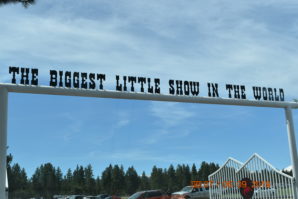
Announcers: Curt Robinson & Wayne Brooks
Bullfighters: Danny Newman, Ryan Manning & Logan Blasdell
Rodeo Clown: J.J. Harrison
Specialty Act: One-Armed Bandit
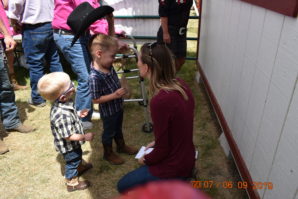
As it should be, a Rodeo is about fun, excitement and, of course, the kids.
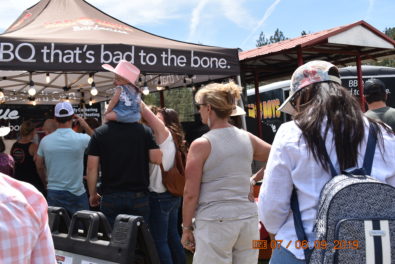
Many attending were father/daughter and father/son days together.
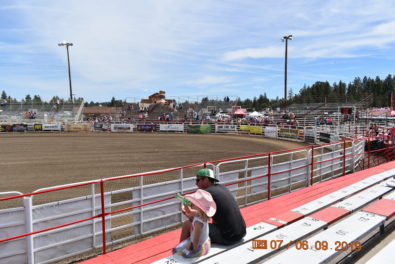
The Darlings of the Rodeo opened the event.
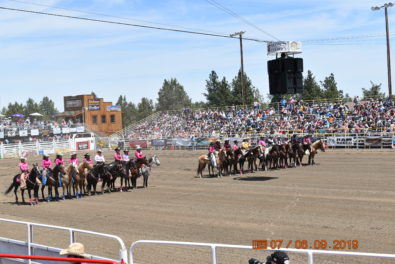
In the era when life still moved slowly enough for daydreams, and neighbors visited each other on front porches, cowboys competed in the first Sisters Rodeo. These cowboys, both amateurs and professionals, wore cloth squares hand painted with numbers pinned to their backs and waited for their events. Because the small-town rodeo offered purses of $500, equal to Pendleton and Cheyenne, the cowboys tagged Sisters Rodeo “The Biggest Little Show in the World.” The year was 1940.Local couples had pooled $10,000 to produce the rodeo east of town on land next to the site that became Sisters Airport. Two years later, they purchased land on the west end of town and held rodeos there for the next thirty-four years.
Except for the announcer and the stock suppliers, the rodeo was an all-volunteer production, a tradition that has not changed.
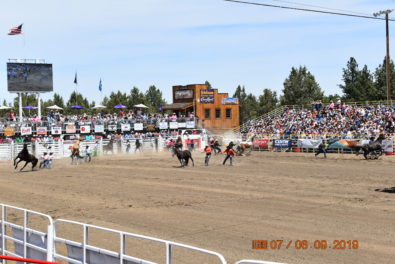
The afternoon began with the “cowboy having to saddle a Wild Horse.” None of the cowboys made it. Final score Horse 1 cowboys 0.
The Hitchcock Mill, north of Sisters, donated timber that was milled by rodeo volunteers and used to build the arena and a few stands. Ellis Edgington’s Buckaroo Breakfast was initiated, with pan-fried bread and wild buffalo meat. Twelve years later, wild buffalo herds were so diminished that this part of the tradition ended in 1953.
The rodeo attracted the best in the business from the beginning. Mel Lambert, one of the first inductees in the National Cowboy Hall of Fame, announced at Sisters for nine years. World Champion cowboys competed every year, and the rodeo’s reputation grew. The stock came from local ranches, the McCoin Ranch in Terrebonne and Henry Durfee’s cattle ranch in Redmond.
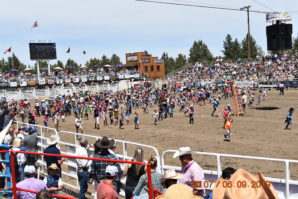
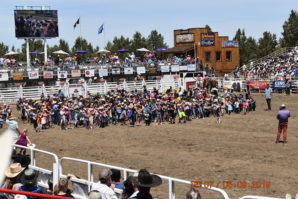
And once again, it’s about the kids. Here they participate in a dance routine with the Rodeo Clowns.
Rodeo Queens in the first years were chosen from a selected group of princesses who competed for the prize by selling raffle tickets for a steer. The young woman who sold the most tickets was declared the queen. Mary Saxon of Terrebonne held that first title. Over many years and a few hazardous escapes of steers, this selection evolved to a competition of horsemanship, speaking ability and presentation.From 1956 through 1960, Sisters Rodeo was an amateur event sponsored by Veterans of Foreign Wars. Their profit built a small theater in the night-life-starved town, but dwindling interest in amateur rodeo led the VFW to step aside after five years. It appeared that Sisters Rodeo had sent its last cowboy out of the bucking chute.
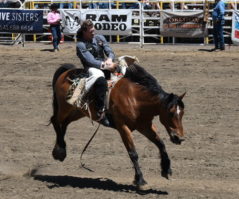
A legendary pick-up rider and competitor, Pat Fisk, produced the rodeo at a loss the next year because he “hated to see the rodeo die.”
Salvation came in the form of Mert Hunking, a cowboy “born with rodeo in his blood.” Hunking and a one-year partner ramrodded the rodeo in 1962. Then the Hunkings produced the show on their own: Mert as arena director and organizer, and his wife, Martha, in charge of tickets, concessions and the Buckaroo Breakfast.
In 1963, the rodeo reorganized with Hunking, Clifford Ray, Fred Ferrian and Homer Shaw as the officers of the new association. The stock was supplied by Son Bain of Redmond and Christianson Brothers Rodeo Stock Company. With this quality of rodeo stock, the best of national rodeo cowboys made Sisters part of their circuit to compete with local amateur cowboys.
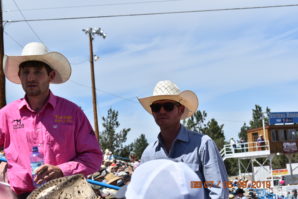
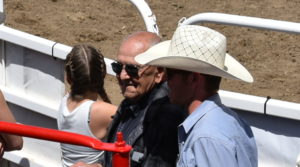
In Pink, one of the contesters. His uncle, lower pic. in sunglasses, attends for his father.
Hunking, Richard Rollins and Jerry Kosh formed Sombrero Stock Company in 1971, which supplied consistently fine rodeo stock until 1988, setting a pattern of excellence which fans came to expect.
Still, the rodeo had problems, especially with new government regulations. Outhouses were in need of replacement. The fire marshal wanted overhead sprinklers installed. The weather was always unpredictable, often reducing spectator numbers. The inventive rodeo board responded to the challenges as well as they could: they brought hundreds of feet of hoses from their homes for fire safety, revamped the outhouses and even had to pump the grounds through the night to continue rodeo the next day after a flood in one of those year.
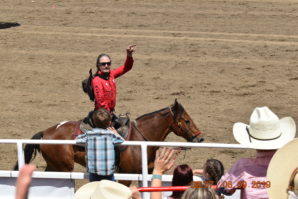
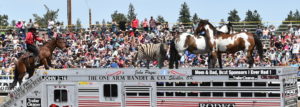
The dude in the Red shirt in both pictures is unique; he’s called a One-Armed Bandit. He was once in the Rodeo but now trains horses, even with one arm.
By the mid-1970’s, the obstacles seemed too great and the income too low. The rodeo grounds were sold, yet; local citizens did not want to see their rodeo disappear. They held a meeting for “anybody who has a horse or interest in the rodeo,” resulting in another reorganization with Homer Shaw as president.
In 1977, the rodeo was held on Hunking land east of town (behind the elementary school) with borrowed bleachers and temporary fences. For the next two years, it was on the Topping Ranch on Harrington Loop (west of the current site). The structures (fences and bleachers) continued to be borrowed or rented and were hauled by members from as far away as the Willamette Valley, only to be returned after that year’s rodeo.
The events included
bull and bronco riding,
calf roping, bulldogging,
wild cow milking and wild horse races.
